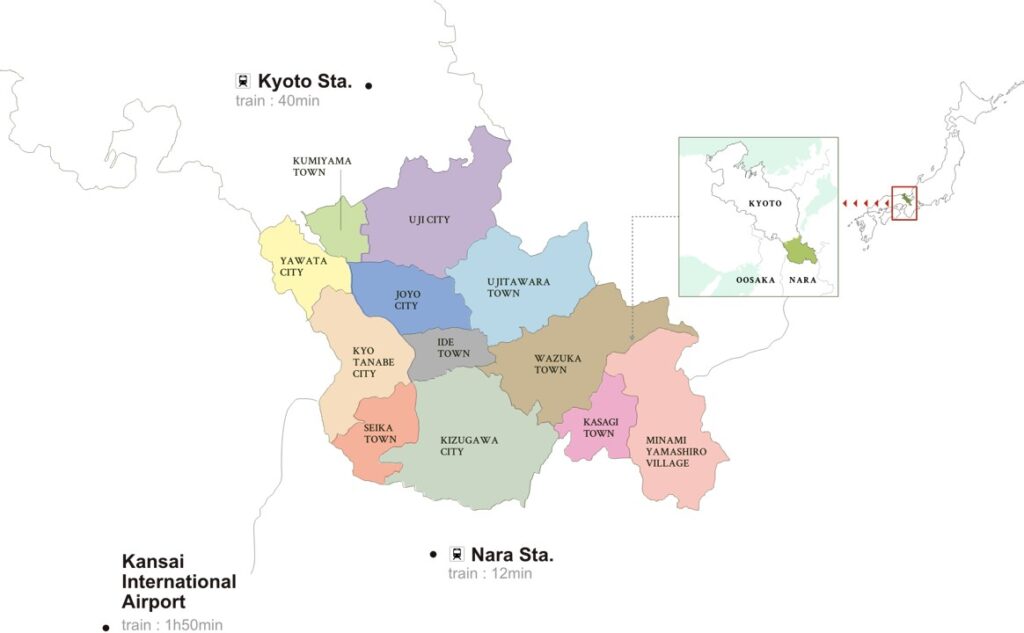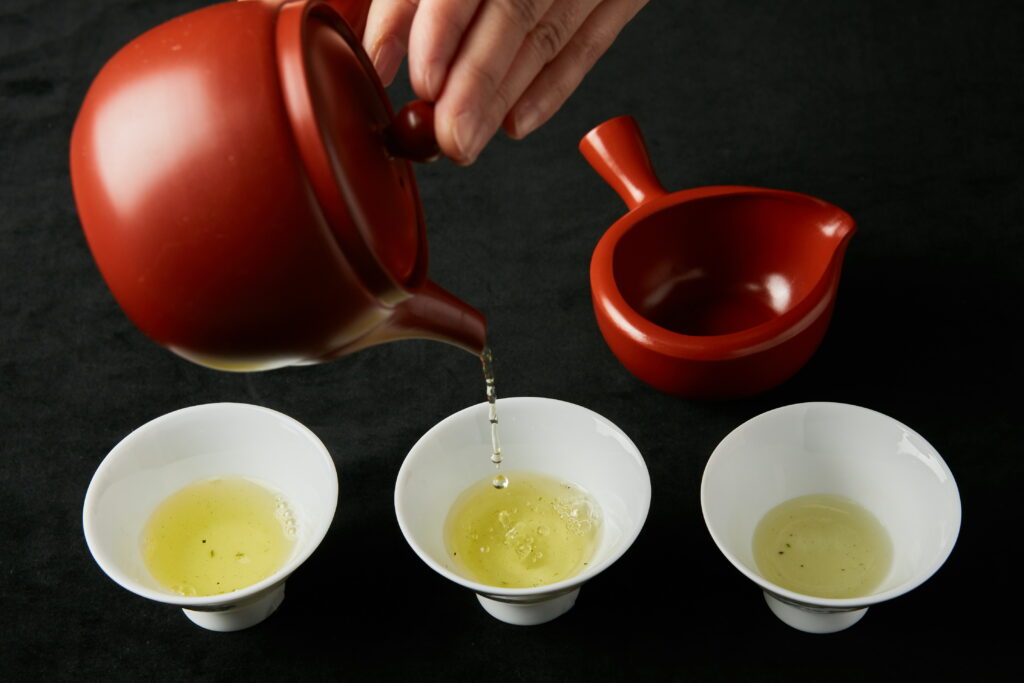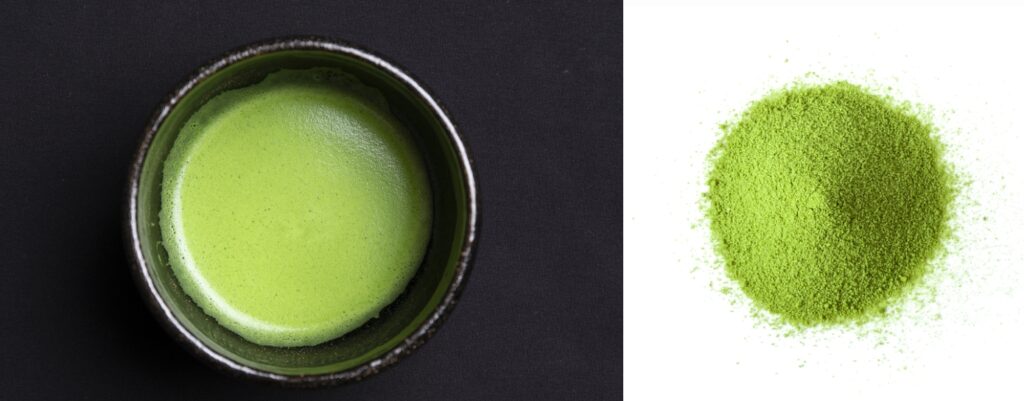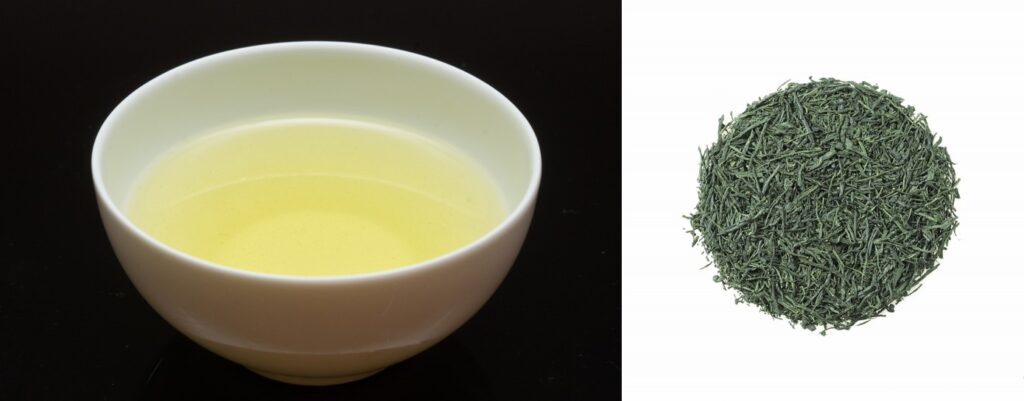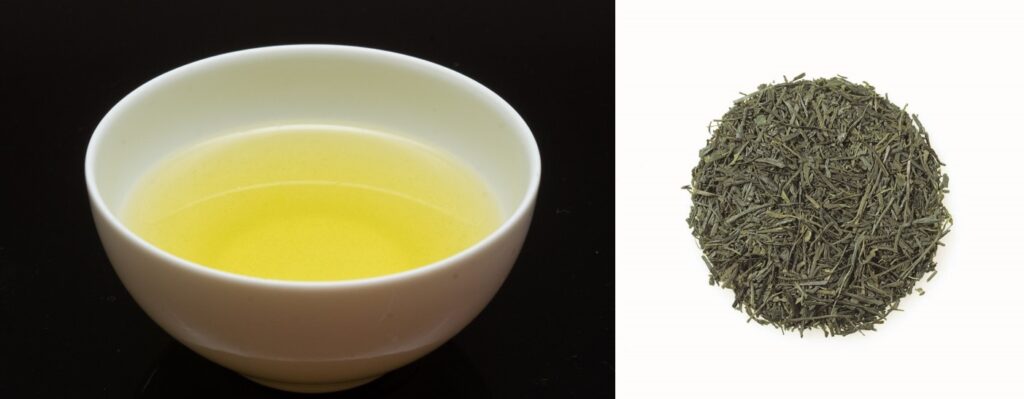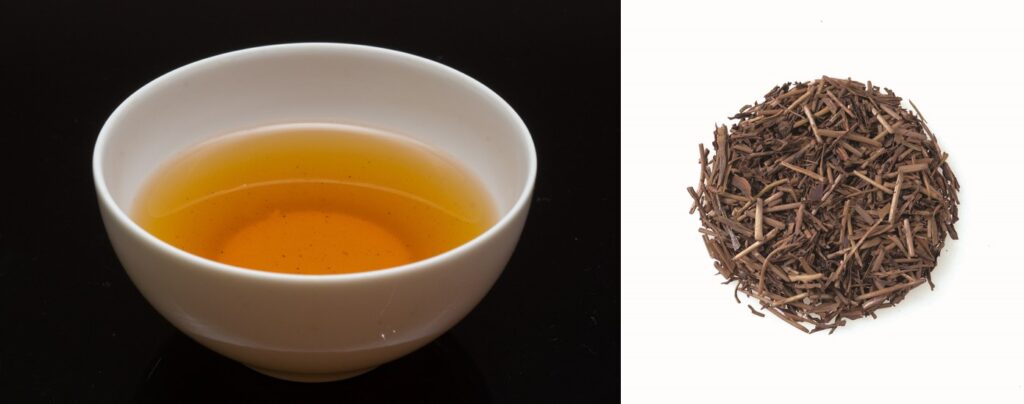Same Leaves, Different Teas
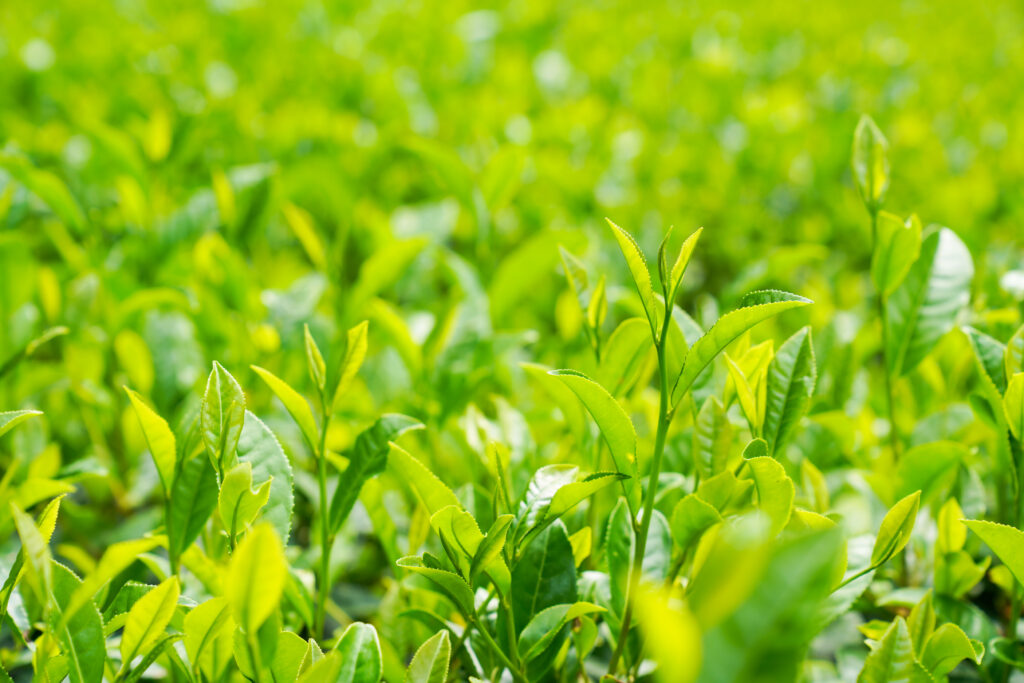
Japanese green tea, black tea, and oolong tea are all derived from the leaves of the tea plant, Camellia sinensis. This plant is said to be native to China, and its leaves are believed to have been consumed as medicine more than 5,000 years ago. The difference among types of tea lies in the processing methods. Different levels of oxidative fermentation result in different teas.
Green tea is made from leaves that are heated immediately after being picked. This stops the oxidative fermentation, resulting in a tea with a refreshing, leafy aroma. On the other hand, black tea comes from oxidized leaves. The oxidative fermentation process creates the strong aroma and flavor characteristic of black tea. Oolong tea is made by stopping the oxidative fermentation process midway, falling somewhere between green tea and black tea.
・The Home of Japanese Tea
The Kyoto Tea Country region has approximately 800-years of tea cultivation history. With Kyoto serving as the political and cultural center of Japan, the quality of the tea was continuously refined. The sophisticated tea gained high acclaim and special treatment from those in power, including emperors and shogun (military rulers in Japanese history). Furthermore, this place is the “motherland” of Japanese tea as the birthplace of matcha (world-known powdered green tea), sencha (one of the most common types of Japanese tea), and gyokuro (luxury tea to brew, not to whisk like matcha).
Uji tea is a green tea produced in Kyoto Prefecture and three of the adjacent prefectures (Nara, Shiga, and Mie). It is processed in Kyoto by Kyoto’s tea producers, using the traditional methods originating in the Uji region. This tea is highly regarded for its refreshing aroma, rich flavor with a delicate sweetness and umami (delicious savory taste), beautiful color, and more. In addition to the region’s geographical and climatic advantages, the traditional tea blending technique known as gogumi further enhances the excellent quality. This technique, practiced by highly skilled blenders, takes advantage of the unique characteristics of each tea leaf. Taking all of this into consideration, it’s no surprise that the iconic tea ceremony blossomed in Kyoto.
・Climate and Geography
Kyoto Tea Country is blessed with rivers like the Uji River and Kizu River, a relatively warm climate, and ample rainfall. Furthermore, there are many mountains and a significant temperature difference between day and night that leads to morning fog. The fog is said to act as a natural sunshade, delay the hardening of new tea buds, protect them from frost, and contribute to their superior aroma and umami. Additionally, the soil in this region is fertile and well-drained, making it the ideal environment for cultivating delicious tea.
